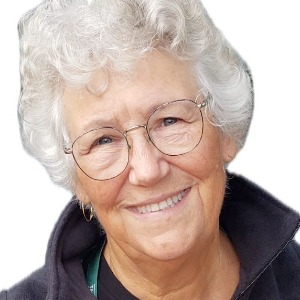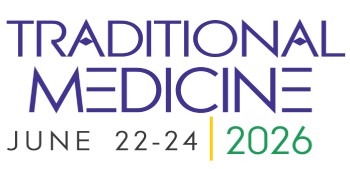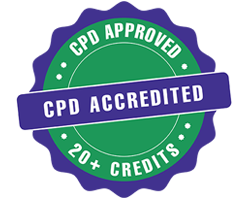Ayurvedic Dosage Forms
Ayurveda, the ancient Indian medicinal system, has been practiced for centuries and is still used today. Ayurvedic treatments rely on plant-based medicines and traditional home remedies. Ayurvedic dosage forms are an important part of this traditional medicinal system, and have evolved over time to fit the needs of the patient. Ayurvedic dosage forms can be divided into three main categories: solid, semi-solid, and liquid forms. Solid forms are comprised of tablets, pills, capsules, powders, granules, and agglomerates. The most commonly used solid form is tablets, which can be made in various shapes, sizes, and colours, depending on the recipe and the patient’s needs. Pills, which are smaller than tablets, are also widely used. Capsules, powders, granules and agglomerates are largely the same sizes but the shape is important for effective use. Semi-solid forms include creams, gels, ointments, pastes, poultices, and suppositories. These forms are often chosen for treating skin conditions, infections, and abscesses. In some cases, they may be useful for delivering oils and other topical medications. Suppositories, which are used to treat internal conditions, can also be made as solid forms. Liquid forms are either water-soluble or oil-soluble. Water-soluble liquid forms include aqueous solutions, syrups, decoctions, and draughts. These forms are used to treat skin conditions such as eczema, insect bites, and rashes. Oil-soluble liquid forms include oils, liniments, and unguents, which are typically used to treat muscular and joint pain. It is important to note that the formulation of an Ayurvedic dosage form can vary greatly depending on the needs of the patient. This is why it is recommended that patients consult with an experienced Ayurvedic practitioner before choosing a dosage form. A practitioner can help determine the best form, dosage, and delivery system for an individual’s needs. In conclusion, Ayurvedic dosage forms are an important part of traditional medicinal practices. They can come in a variety of forms, including solid, semi-solid, and liquid preparations.

Mary Jo Bulbrook
Akamai University, United States
Kenneth R Pelletier
University of California School of Medicine, United States
Gene Bruno
Nutraland, United States
Kevin KF Ng
MD Natural Care LLC, United States
Julieta Andico Songco
JAS Consulting Services, United States
Debrah Nadler
Alzheimer’s Support, LLC, United States




Title : The importance of integrating TCM with conventional medicine in the diagnosis and treatment of physical and mental exhaustion due to excess or lack of professional activity
Angela Sanda Tudor, Society of TCM from Romania, Romania
Title : Change your genes - Change your life: Sorting the hope from hype of human longevity
Kenneth R Pelletier, University of California School of Medicine, United States
Title :
Laure Le Corroller, Dr.& Master Sha Tao Academy, Canada
Title : Examining the factors that decrease and increase the effect of acupuncture
Yucel, Elonysia LLC, Turkey
Title : Pure consciousness and lifestyle practices in ayurveda — Positive epigenetic transformations
Girish Momaya, Maharishi European Research University, Netherlands
Title : Akkermansia muciniphila 001 (AKK001™) postbiotic for body morphology and metabolic indicators in an overweight population: A randomized, controlled trial
Gene Bruno, Nutraland, United States